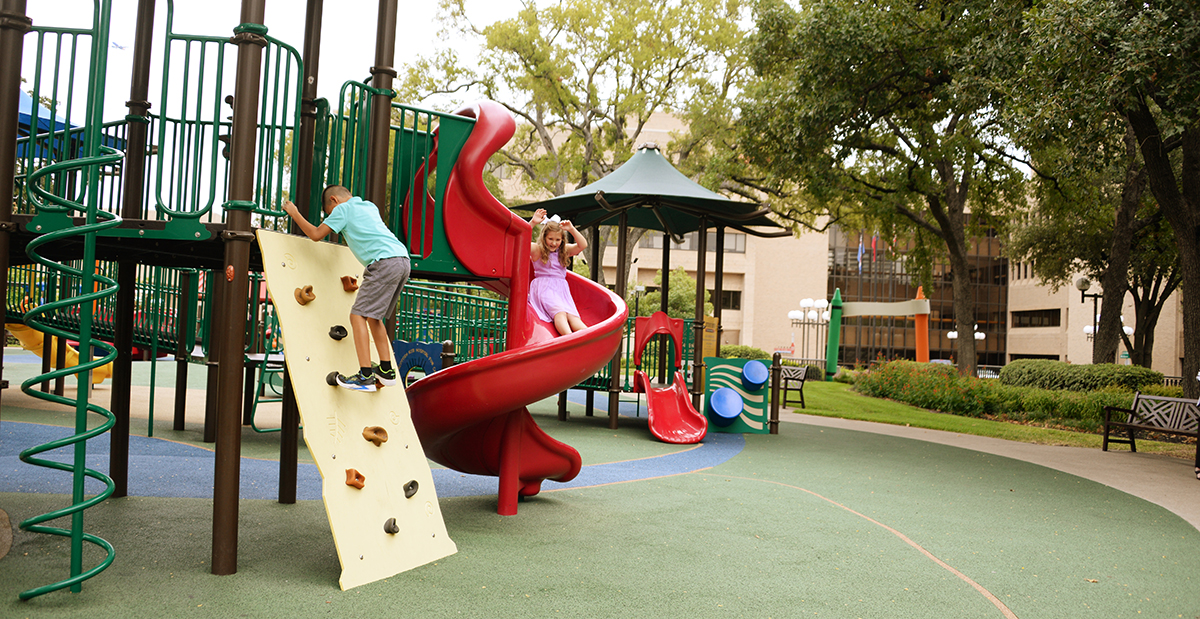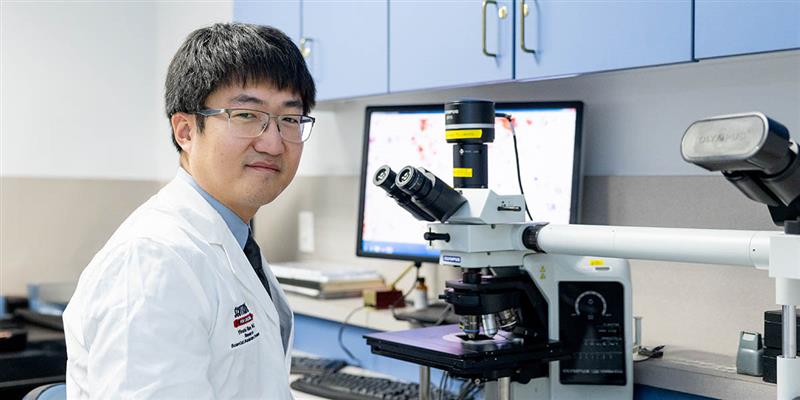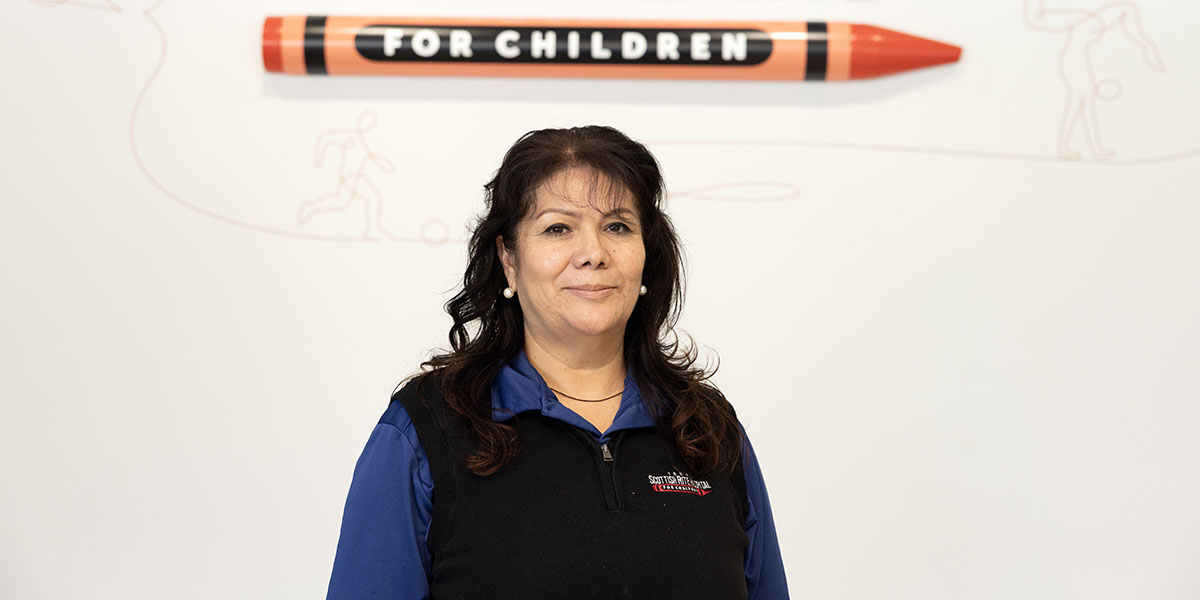In our Fracture Clinic at the Frisco campus, our team cares for various types of fractures – from simple to complex. It is important to be seen by a pediatric specialist when your child gets injured because treating growing bones is different than treating adult bones.
The distal radius buckle fracture is one of the most commonly seen fractures in our patient population. These fractures heal well with splint immobilization for four weeks. In general, the patient seen in our clinic do well with this type of fracture and are able to return to full activity quickly after splint removal.
What is a buckle fracture?
A buckle fracture or torus fracture is a break in the bone. One side of the bone may buckle or bend upon itself without breaking the other side of the bone. Pediatric bones are softer and more flexible than adult bones, therefore this is a very common injury for children. It can also be called an incomplete fracture.
Generally, buckle fractures occur in the distal radius portion of the wrist and occurs when falling on the hand. Often this injury occurs from a fall on outstretched hand, or “FOOSH.”
What are the symptoms?
- Wrist pain following a fall.
- Mild to moderate wrist swelling.
- Limited range of motion in the wrist or forearm following the injury.
How is a buckle fracture diagnosed?
A detailed history and physical exam will be performed. In many cases, X-rays will be used to see if the arm is fractured/broken.
What is the treatment?
A removable wrist splint is worn for four weeks. The splint helps protect the bone and keep it still to allow for adequate healing. It is important to wear the splint for the full time, even after the pain is gone. The splint should only be taken off with parent’s help during showering/bathing and for a daily skin check.
What to expect following treatment:
- Buckle fractures typically heal within four weeks from the injury.
- No follow-up appointment is needed in most cases.
- Tenderness, weakness and stiffness may last for one to two weeks following the splint removal.
- It is important to have full strength and full range of motion, without pain, before returning to activities.
- There is no evidence of issues with growth, function, ability or stability after these injuries.
Learn more about the Fracture Clinic.














